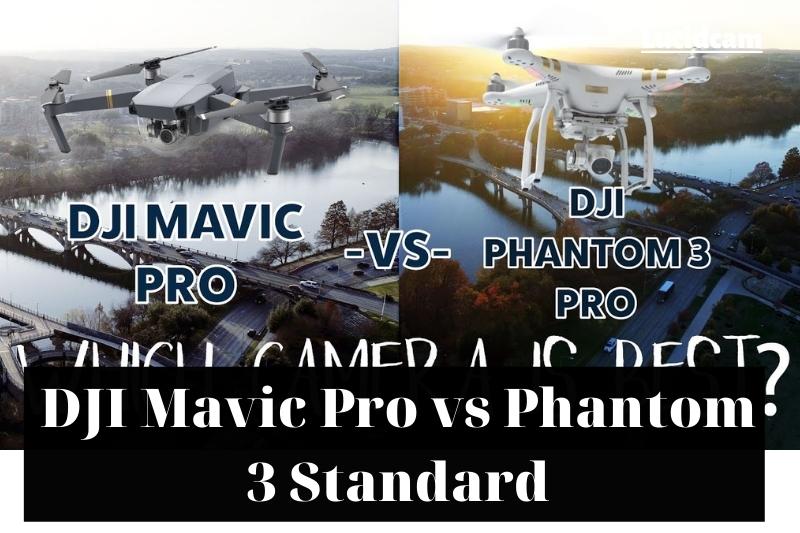DJI is a famous brands and lead drone manufacturers in the industry, offers many drone to suit different needs and budgets. Two popular drone models are the DJI Mavic Pro vs Phantom 3 Standard. In this blog, Lucidcam will discuss the difference of them.
Table of Contents
Mavic Pro
Pros
- Amazingly portable
- Beautiful 4K footage and 12MP photographs
- Decent flight time
- Many smart flight features
Cons
- Low light can cause images to suffer.
DJI Phantom 3 Standard
Pros
- High-quality video and still images
- DJI Go is a simple-to-use app.
- App or standard report options
Cons
- On rare occasions, sees itself on video.
- A few video flaws
- Battery charging takes a long time.
DJI Mavic Pro vs Phantom 3 Standard
Design
Mavic Pro
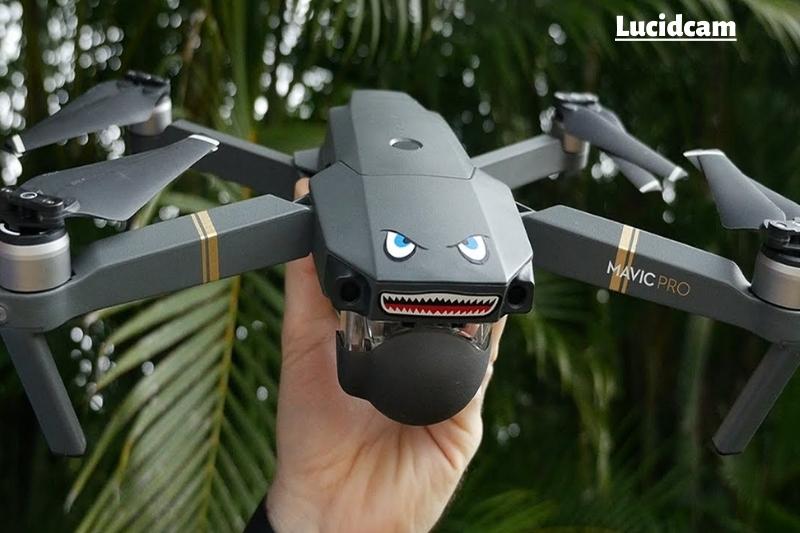
After flying drones from the Phantom range, I found them to be extremely compact and light for their capabilities. But the Mavic Pro is a completely different animal when mention to portability.
The postman brought the box to me, thinking there was a mistake. We thought it couldn’t have contained a quadcopter, controller, and battery charger.
It did because the Mavic is a shockingly small drone compared to Phantoms. The folded size of the Mavic is only one-sixth that of Phantoms.
I was concerned that the drone’s small size could affect its in-air stability and/or image quality. Even with this nagging concern, We was pleasantly surprised at how compact the drone and controller were.
Although the DJI Spark, Parrot Anafi and DJI Mavic Air all have improved on it in portability, the Mavic Pro was still the first 4K drone to feel like it could be carried around all day.
Phantoms need to be carried around in bulky bags or cases. However, the Mavic Pro can fit into even the smallest bags.
It is solidly constructed, too. The majority of the quadcopter is made from tough plastic. This is handy, as anyone who owns a drone will likely have at most one or two minor aerial mishaps.
Although the gimbal-mounted camera is more fragile, DJI provides a clear plastic case that protects it while it’s being carried around.
DJI Phantom 3 Standard
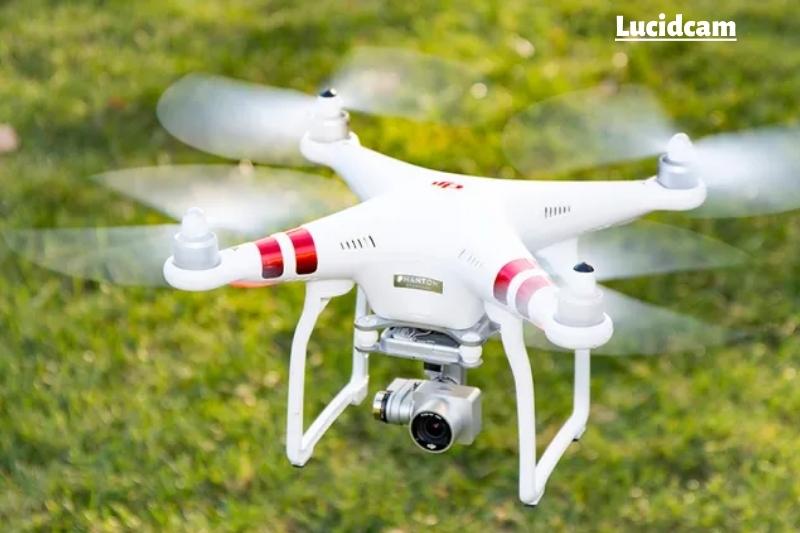
The Phantom 3 Standard’s white plastic case gives it an Apple-like appearance with its clean lines and functional design. The central body houses the electronics and battery, while the motor is located at the ends of the four protruding shafts.
Although the entire case is made from plain white plastic, you can attach colored stickers to make your Phantom 3 stand out in crowded skies.
The landing gear attaches at the bottom of the case, while the camera and gimbal are placed between the landing arms. This protects them from a bumpy or hard landing. The drone and camera were not damaged when I crashed into the ground twice.
The Phantom 3 measures 19 x 19 x 8. It weighs in at 2 pounds 11 ounces and is roughly the same size as the Parrot Bebop or the large Yuneec Q500.
It is lighter and smaller than the 20x20x14-inch Q500, which makes it more portable. However, it is much larger and more difficult to carry than the Bebop, 14x 13.2×3.8-inch.
All in all, The Mavic Pro and the DJI Phantom 3 Standard are two popular drones on the market.
They both have their own unique design that sets them apart from each other. The Mavic Pro is smaller and more compact than the Phantom 3 Standard.
It also has a foldable design that makes it easy to transport. The Phantom 3 Standard is larger and heavier than the Mavic Pro. It also has a fixed design that makes it more stable in the air.
Features
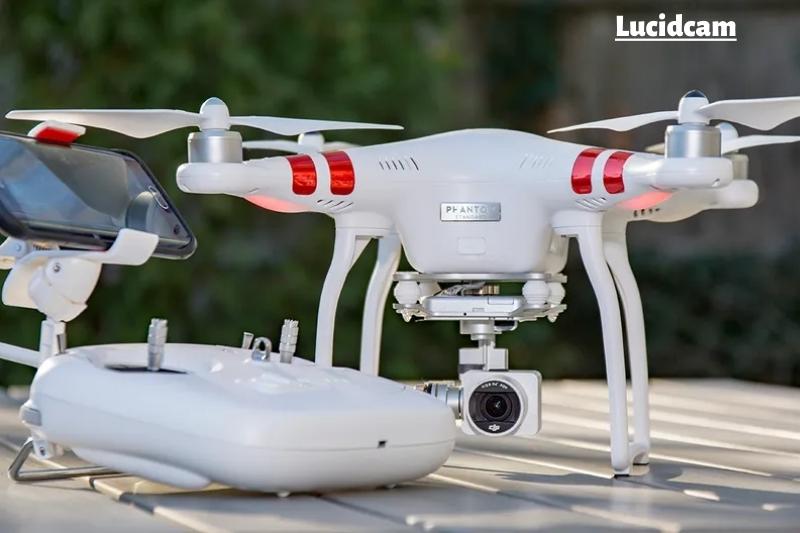
The DJI Mavic Pro and the DJI Phantom 3 Standard are both popular drones in the consumer market, each with their unique features and advantages.
The Mavic Pro is a more advanced and compact drone, while the Phantom 3 Standard is a more entry-level option with a larger body.
The disparity in camera capabilities between the two drones is a prominent factor. The Mavic Pro boasts a 12-megapixel camera that can seize JPEG and DNG RAW formats, along with recording 4K video at 30fps and 1080p at a maximum of 96fps.
The camera of our drone is securely mounted on a motorized gimbal that seamlessly integrates with the drone’s advanced sensors, allowing for rapid adjustments to maintain perfect stability and levelness of the camera.
Additionally, the Mavic Pro has four additional cameras onboard that help with in-flight stability and safety.
On the other hand, the Phantom 3 Standard has a 2.7K camera that can capture smooth videos, but with a lower field-of-view due to its forward-facing position.
It can record videos at up to 30fps and capture 12-megapixel stills. Like the Mavic Pro, the Phantom 3 Standard also has a motorized gimbal for camera stabilization.
The Mavic Pro’s size and portability are unmatched, with its compact design making it incredibly effortless to transport.
You can easily fold it down to a compact size that fits perfectly in a small bag or backpack, making it the great drone for individuals who love to travel or enjoy outdoor activities.
The Phantom 3 Standard, on the other hand, is a bit larger and heavier, which can make it less convenient to transport.
Another crucial point of differentiation between the two DJI drones is their flight time. The Mavic Pro can stay airborne for up to 29 minutes on a single charge, which surpasses the Phantom 3 Standard’s 20-minute flight time.
Additionally, the Mavic Pro can fly at a maximum speed of 40 mph, which is faster than the Phantom 3 Standard’s maximum speed of 35 mph.
Overall, both the Mavic Pro and Phantom 3 Standard have their unique features and advantages, and the choice between the two ultimately comes down to personal preference and use case.
If you prioritize advanced camera capabilities and portability, the Mavic Pro may be the better option for you.
For those seeking an entry-level drone with an impressive camera and extended flight time, the Phantom 3 Standard is an excellent option to consider.
Battery Life

The Phantom 3 Standard quadcopter is equipped with a single large battery that has 4480mHa power.
The battery can last 21 minutes on a full charge. It will take a while for the battery to fully charge. You may need to wait up to 50 minutes.
You will need spare batteries for the Phantom 3 Standard because they can be quite expensive at an average cost of $145.
The specifications of DJI state that the Mavic Pro can fly for 27 minutes (no wind at a constant 15.5 mph (25 km/h)).
Max Hovering Time is 24 minutes (no winds). Overall Flight Time is 21 minutes. (In a normal flight, there’s 15% battery remaining.)
Control Range
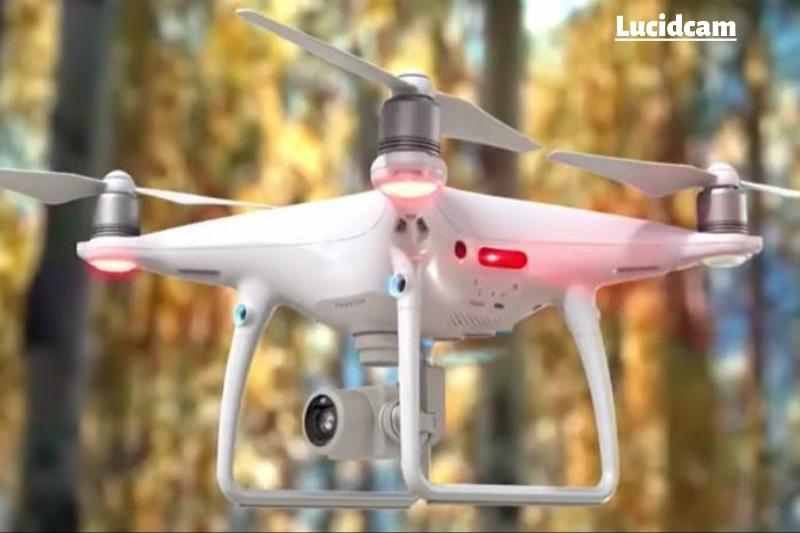
Two control parts make up the Phantom 3 standard quadcopter. One is the hardware-based remote control, and the other is the software that can be used on both iOS and Android devices. This remote control unit can provide incredible flying experiences, but the app can also be used to control it autonomously.
A simple white box antenna is the typical remote control unit. There are no switches, control sticks, or dials on the sides. The remote control unit does not have a display, but it has a few LEDs that show the battery level.
Using specially designed control sticks, you can move the motors in any direction. Advanced applications provide easy control over flight modes, GPS, signal strength, and battery level monitoring. The application’s bottom section displays speed, altitude, heading, and other location-based details.
The Map application will allow users to have full control over the live view details. It will also update satellite-based location information whenever they are online.
You can choose from five modes under the settings manually. Once you have disabled the beginner’s mode, you will be able to access points-of-interest, follow me and waypoint modes, as well as home lock, course lock, and home lock modes. These modes allow users to have an amazing flight experience.
DJI’s OcuSync transmission technology gives the Mavic Pro RC an increased range of up 4.3 miles (7km) in open areas without interference. The Mavic Pro, like all DJI systems, is FCC-compliant.
Video and photo

When comparing the DJI Mavic Pro and Phantom 3 Standard, it is essential to consider their video and photo capabilities. The Mavic Pro can shoot video in 4K at 30fps, while the Phantom 3 Standard is limited to 1080p at 30fps.
However, the Phantom 3 Standard also has a 2.7K video mode, which captures more detail than 1080p.
In terms of photography, the Mavic Pro features a 12-megapixel camera, while the Phantom 3 Standard also has a 12-megapixel sensor.
The Mavic Pro, on the other hand, has a bigger image sensor, allowing it to catch more information and generate higher-quality photographs.
The Mavic Pro also has a slightly wider field of view than the Phantom 3 Standard, allowing it to capture more of the scene in a single shot.
One of the main advantages of the Mavic Pro over the Phantom 3 Standard is its portability.
The Mavic Pro is incredibly compact and easy to move, making it a popular choice for travel and outdoor activities.
The Phantom 3 Standard, on the other hand, is a bit larger and less portable. However, it does have a more stable platform and can solve wind and other weather conditions better than the Mavic Pro.
Both drones have excellent image stabilization capabilities, which allow them to capture smooth and stable footage even in windy conditions.
The Mavic Pro uses a 3-axis gimbal, while the Phantom 3 Standard uses a 2-axis gimbal. The Mavic Pro’s 3-axis gimbal provides better stabilization and allows for more advanced camera movements.
Flight Performance
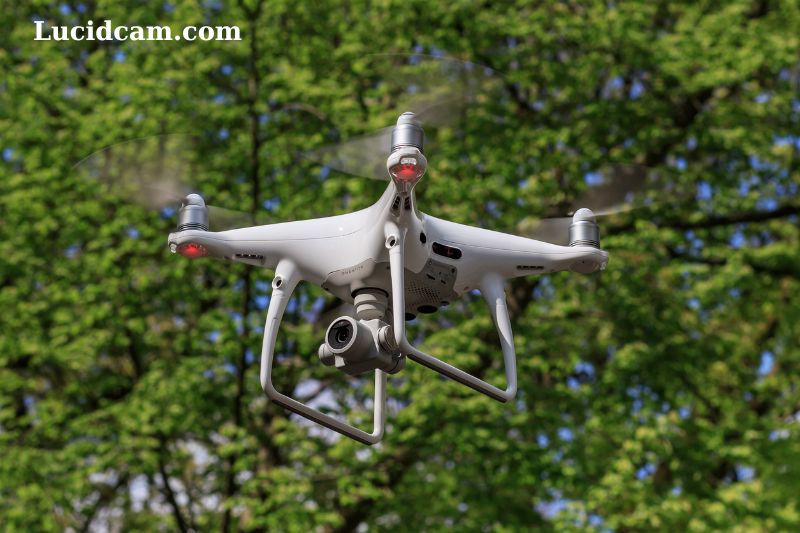
When it comes to flight performance, the DJI Mavic Pro and the DJI Phantom 3 Standard have a few key differences. The Mavic Pro is known for its advanced technology and features, while the Phantom 3 Standard is a more entry-level option with fewer capabilities.
In terms of flight time and range, the Mavic Pro outshines the Phantom 3 Standard with an impressive 29-minute flight time, compared to the latter’s 20-minute flight time. It’s worth noting that various factors can influence flight time, including wind conditions and the drone’s flying behavior.
For range, Mavic pro can fly up to 4.3 miles, While Phantom 3 standard just 0.5 miles.
In terms of maximum speed and altitude, the Mavic Pro is the winner again. It has a maximum flight speed of 40 mph and can reach a maximum altitude of 16,404 feet above sea level.
In contrast, the Phantom 3 Standard has a maximum cruising speed of 35 mph and can reach a maximum altitude of 6000 feet above sea level. If you fly the drone above the specified altitude, you may be fine by local laws and regulations.
When it comes to obstacle avoidance technology, both drones have some capabilities, but the Mavic Pro is more advanced in this area. The Mavic Pro has four additional cameras onboard that help with in-flight stability and safety.
Two cameras facing downward help prevent the drone from drifting indoors or in areas with poor GPS coverage, while a pair of front-facing cameras detect obstacles in an arc forward and stop the drone from hitting them.
It will stop moving if it is within a few feet of any solid object, but only if it is in front. However, the obstacle detection won’t stop a crash if the Mavic Pro moves backward, sideways, or into a tree or lamppost or a neighbor’s window.
The Phantom 3 Standard has obstacle avoidance technology in the form of front-facing sensors that detect obstacles in its flight path, but it doesn’t have the same advanced capabilities as the Mavic Pro.
The Phantom 3 Standard will stop moving if it detects an obstacle in front of it, but it won’t necessarily detect objects above or below it. This means that the Phantom 3 Standard is more prone to crashes if the operator is not careful.
Overall, both the Mavic Pro and Phantom 3 Standard have their unique flight performance capabilities.
The Mavic Pro offers longer flight times, greater ranges, higher speeds, and more advanced obstacle avoidance technology, making it a better option for those who need advanced features.
The Phantom 3 Standard is a more affordable entry-level option with a shorter flight time and range, lower maximum speeds, and simpler obstacle avoidance technology.
Read Also:
Conclusion
The Phantom 3 Standard is a great drone for those just starting out with aerial photography and videography. It is easy to fly and takes great photos and videos. The Mavic Pro is a more advanced drone that is perfect for those who want to take their aerial photography and videography to the next level.
Through the blog, Lucidcam hopes you have a clear understanding of the difference between Mavic Pro vs. Phantom 3 Standard, then make the decision to choose the right drone for yourself.
